In recent times, Yen Binh district ( Yen Bai province) has actively invited and created favorable conditions for businesses and cooperatives to invest and apply technical advances in cage fish farming to effectively exploit the potential of Thac Ba lake's water surface for aquaculture.
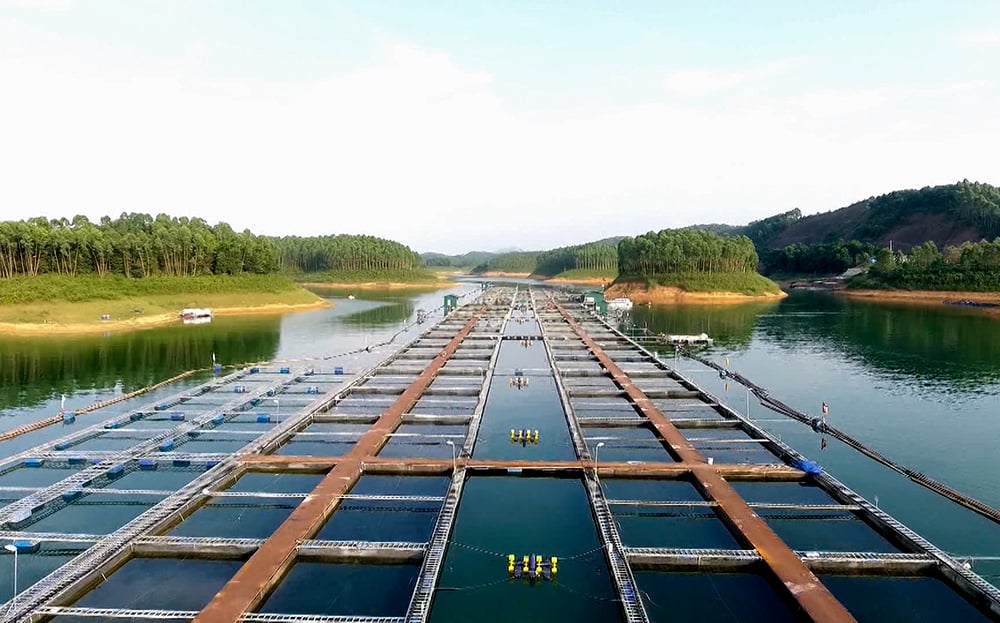
Cage fish farming system of Hoang Kim Aquatic Cooperative on Thac Ba Lake in Han Da Commune, Yen Binh District, Yen Bai Province.
Preparing for the catfish season, Mr. Le Van Thu in Ma village, Vinh Kien commune had to wade through all the narrows and nooks of Thac Ba lake to catch fish fry.
Discovering the nest of fish fry, Mr. Thu had to immerse himself in the cold water, gently and skillfully herd the fish into the net. Catfish is a type of catfish, and breeding fish fry is difficult, so people are forced to hunt and catch them from the beginning of the year - the season when catfish spawn.
Anh Thu shared: "Catfish is a difficult fish to raise, but the meat quality and nutritional source are quite high. When it comes to harvest, the fish have a high price and sell well, so people in the lake area try to raise them.
The fish I hunt and buy from fishermen will be raised in fish cages of families, cooperatives or sold to households raising livestock in neighboring localities.
Currently, Mr. Thu's family and cooperative are raising nearly 100 cages of grass carp, catfish, catfish, tilapia... Each year, they sell over 20 tons of fish in the main markets in Hanoi , Hai Duong, Lao Cai, Phu Tho, giving him a revenue of over 1 billion VND.
Anh Thu added: "With many years of experience raising fish on the lake, and the local government's regular attention, support of capital, equipment, guidance on raising techniques and finding outlets for products, my family and many households in the commune have developed and made a living from raising fish on Thac Ba Lake."

The commune has utilized support capital and policies from the central, provincial and district levels to help people gain more knowledge about livestock farming, capital to expand production, and establish cooperatives and livestock farming cooperatives in a sustainable manner associated with environmental protection.
The whole commune currently has over 160 fish cages on Thac Ba Lake, with an annual output of 370 tons. Cage fish farming has become a strong profession, taking advantage of water resources, contributing to improving people's income and living standards.
In Hop Nhat village, Thinh Hung commune, Ms. Nguyen Thi Thanh's fish farming model is a regular purchasing point for traders from Yen Binh town and Yen Bai city.With the advantage of being close to the market, Ms. Thanh's family raises 10 fish cages and fish on 6 hectares of the narrow alleys of Thac Ba lake, mainly catfish, catfish, tilapia, and grass carp.
Ms. Thanh shared: "To always have fish to sell to customers, my family applies intercropping. The source of fish feed is always guaranteed in quality because the family has invested in a feed mixer from shrimp, prawns, corn, potatoes, and cassava. Each year, the family sells about 3 tons of fish, and after deducting expenses, the profit is nearly 200 million VND". According to Mr. Luong Xuan Truong - Chairman of the People's Committee of Thinh Hung commune, 25 aquaculture households in the commune have received attention and support from capital and policies at all levels. The households are eager to learn, apply scientific and technical advances, and diligently develop aquaculture, contributing to increasing family income.The whole commune currently has 149 hectares of aquaculture, including 63 hectares of ponds, 86 hectares of Thac Ba lake and 78 fish cages. The output of aquatic products caught in 2023 will reach 462 tons.
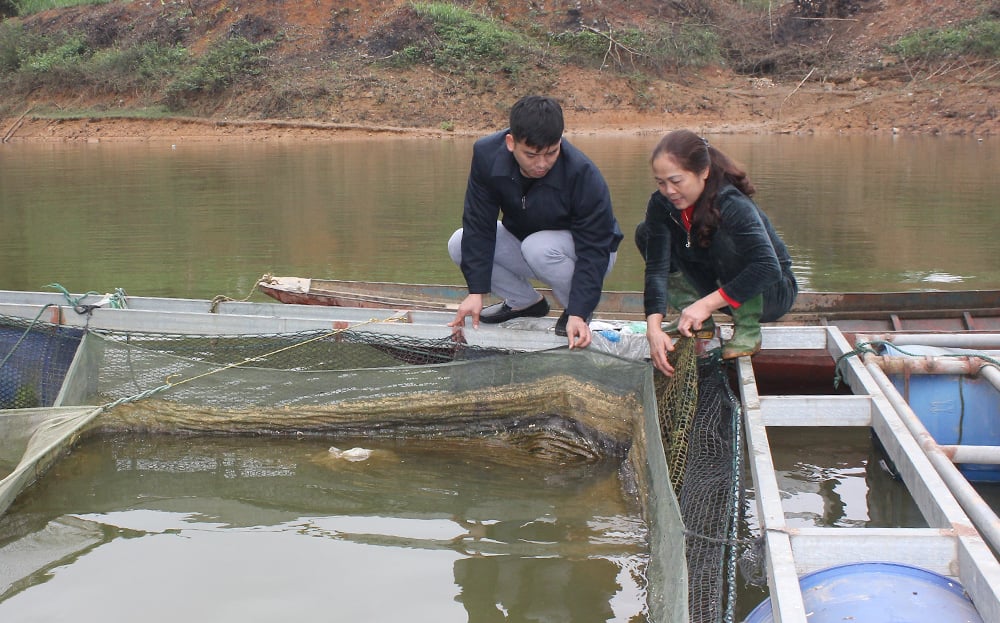
Taking advantage of the 19,000 hectares of Thac Ba Lake water surface, in recent times, Yen Binh district has focused on directing the development of aquaculture, actively calling for and creating favorable conditions for businesses and cooperatives to invest and apply technical advances in large-scale cage fish farming.
Up to now, the whole district has 2 enterprises, 5 cooperatives, 6 cooperative groups and over 300 households raising fish in cages and nets with about 2,000 fish cages on an area of 230 hectares of water surface. The main types of fish raised are catfish, red tilapia, tilapia, catfish, cowfish, silver carp... The total annual aquatic product output of the whole district reaches 8,500 tons.
The district has 3 enterprises that regularly raise fish and produce large-scale aquatic products. Hoang Kim Aquatic Cooperative is the unit with the largest number of fish cages in the area with 300 cages, each year yielding about 700 tons of fish.
Hai Ha Clean Seafood Processing Company Limited cooperates with Hoang Kim Seafood Cooperative to maintain the farming of catfish, sturgeon, and red tilapia in clean water environment, applying safe farming processes and strict management to produce clean fish products such as: fish sausage, fish cake, fish roll, fish sausage, fish floss... of which 4 products meet OCOP 3-star standards at district level.
T&T Scientific Research and Service Application Joint Stock Company has a scale of over 100 fish cages of all kinds, strictly applying the farming process according to VietGAP standards.
The Company's fish products have been widely consumed in clean food store chains in and outside the province, and have been introduced into supermarket systems such as Vinmart, Aeon or Lotte in Hanoi.
Yen Binh is expected to have an aquaculture and exploitation area of about 800 hectares by 2025; 2,500 fish cages will be developed stably; aquaculture and exploitation output will reach over 9,200 tons, of which aquaculture output will reach 8,000 tons; natural exploitation output will reach 1,200 tons, the average growth rate of aquaculture production value will be from 1.8-2%/year; the aquaculture structure will account for 19-20% in the structure of agricultural, forestry and fishery production value.
To realize this goal, in the coming time, Yen Binh district will continue to exploit the maximum water surface area to develop aquaculture suitable for each locality in a sustainable manner, protecting the ecological environment; focusing on improving productivity, quality, added value and competitiveness of products.
Along with that, the district will build a production and consumption chain, ensuring stable output for over 70% of aquatic product output; support enterprises and cooperatives to invest in building new aquatic product processing facilities to strengthen the linkage between raw material areas with purchasing and processing to serve the domestic market and export associated with eco-tourism on Thac Ba Lake; encourage the cultivation of some specific products and specialties with local advantages, develop and preserve local specialty fish species.
Ms. Dao Thi Thanh Hien - Head of the Department of Agriculture and Rural Development of Yen Binh district said that the Department will continue to do a good job of advising the District People's Committee to pay attention to directing the application of intensive industrial farming techniques for high-value aquatic specialties and indigenous aquatic products on Thac Ba lake; encourage organizations and individuals to invest in infrastructure to apply cold-water fish farming technology in communes and towns with suitable conditions.
At the same time, encourage the development of nursery, commercial farming, and provision of ornamental fish services to serve consumer tastes; continue to build and replicate farming models that ensure food safety and disease safety; apply a product traceability system according to the provisions of law and strengthen inspection, supervision and handling of violations...
Along with that, Yen Binh district will integrate investment capital sources, encourage socialization of resources from organizations and individuals to build key works serving seedling and aquaculture to promote the application of intensive and highly intensive farming measures to improve productivity and product quality; encourage the development of aquaculture feed production suitable for each farming object, form and condition in the direction of reducing dependence on fishmeal.
In addition, the district continues to develop and expand cooperatives, cooperatives, co-management groups, joint venture models, and associations between organizations and individuals in the form of cooperation associated with the new rural construction program; develop linkage chains in the production and consumption of aquatic products; continue to implement zoning planning for aquatic production, form concentrated aquaculture areas in the direction of commodity production and strongly transform the structure of crops and livestock from ineffective low-lying fields to aquaculture in localities.
Source






![[Photo] Many young people patiently lined up under the hot sun to receive a special supplement from Nhan Dan Newspaper.](https://vphoto.vietnam.vn/thumb/1200x675/vietnam/resource/IMAGE/2025/5/18/6f19d322f9364f0ebb6fbfe9377842d3)
![[Photo] Ready for the top competitions of Vietnamese table tennis](https://vphoto.vietnam.vn/thumb/1200x675/vietnam/resource/IMAGE/2025/5/18/9c547c497c5a4ade8f98c8e7d44f5a41)
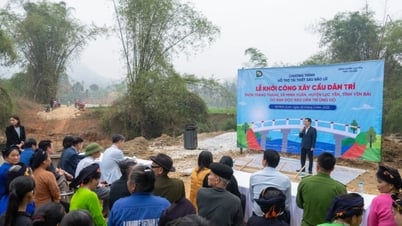

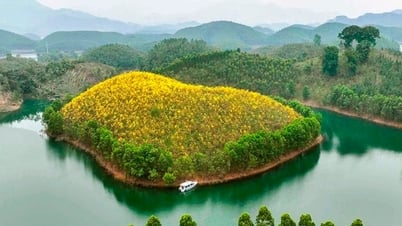





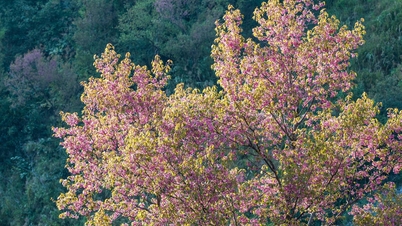





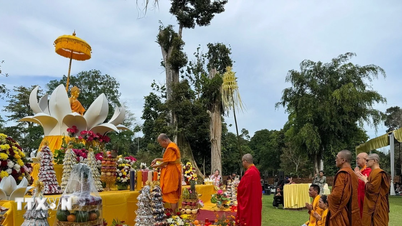
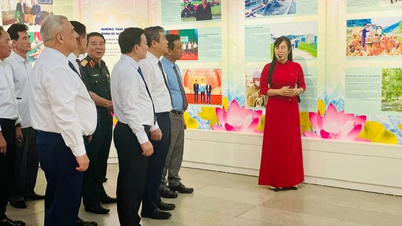

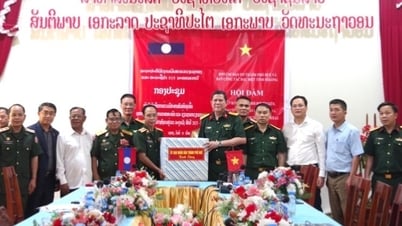


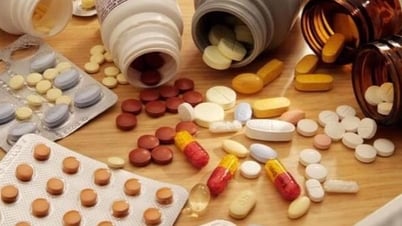






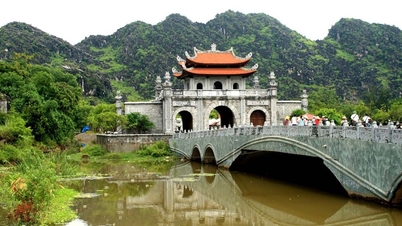
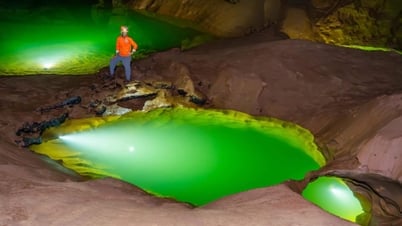
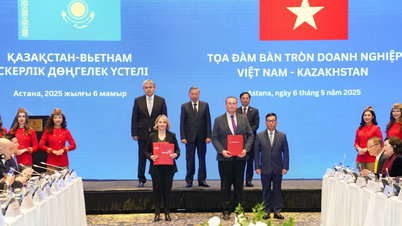

![[Photo] General Secretary To Lam visits exhibition of achievements in private economic development](https://vphoto.vietnam.vn/thumb/1200x675/vietnam/resource/IMAGE/2025/5/18/1809dc545f214a86911fe2d2d0fde2e8)















































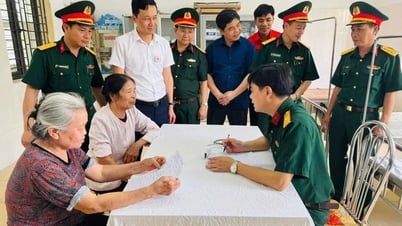

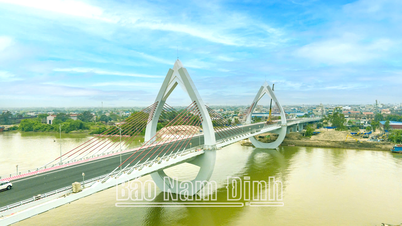

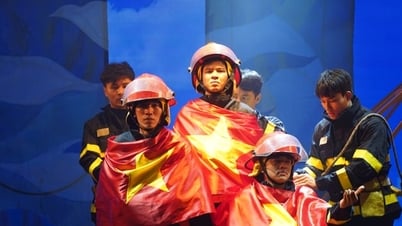















Comment (0)